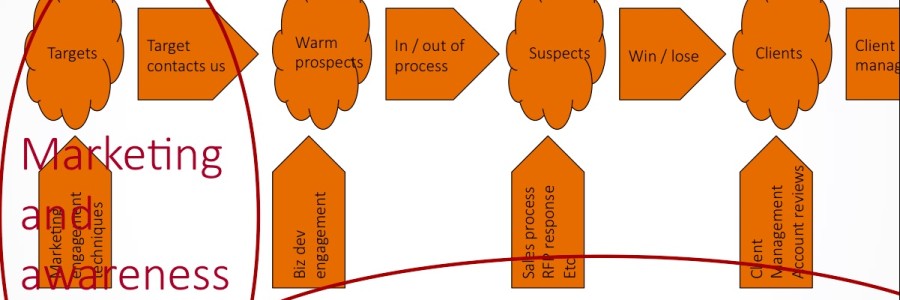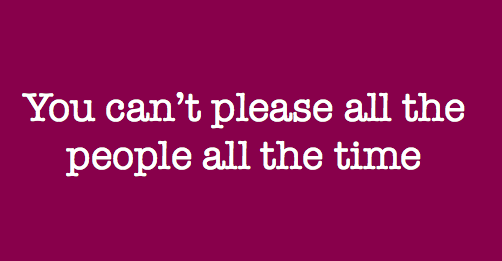Differentiation – that’s the challenge faced by all professional services companies. What makes you any different from the rest of them? Invariably it comes down to the same thing – your people. Which is fine if you’re in front of a potential client – they can see your people, talk to them, understand their depth and breadth of knowledge. If you’re failing repeatedly at this stage, then you need to take a serious look at the people you have doing the pitch. But what if you can’t get in front of enough clients? That’s where marketing that makes you stand out will play a part.
What does that marketing need to look like? Well, here’s a one sentence marketing strategy for professional services businesses:
“Publish timely, relevant content for your audience that provides a credible demonstration of your breadth and depth of expertise and make it easy for potential clients to find you and get in touch.”
The first thing to note is that this isn’t about interrupting people. It’s about getting noticed by them as they go about their business and providing sufficient relevancy to make them take real note and contact you at a time that suits them. Let’s break this down a little further:
- Publish: whether that’s yourself or via another channel, get your content out there, make sure there’s plenty of it
- Timely and relevant: Hook into what’s going on in the market that your client operates in, make sure you do it when they’ll be paying attention
- Content: Blog, press release, news story, video, podcast – whatever your choice of medium, let the story shine through
- Your audience: this is about them not you – talk about what matters to them, what problems you solve for them, not how great you are
- Credible: Your clients give you credibility, not your subjective opinion of yourself
- Easy to get in touch: This is the key piece: by providing relevant content, you’ll get found more; by making it easy to get in touch, your customers will find you, and you won’t have to hound them down.
None of this is rocket science, but so many people fail to see the importance of getting these basics right.







